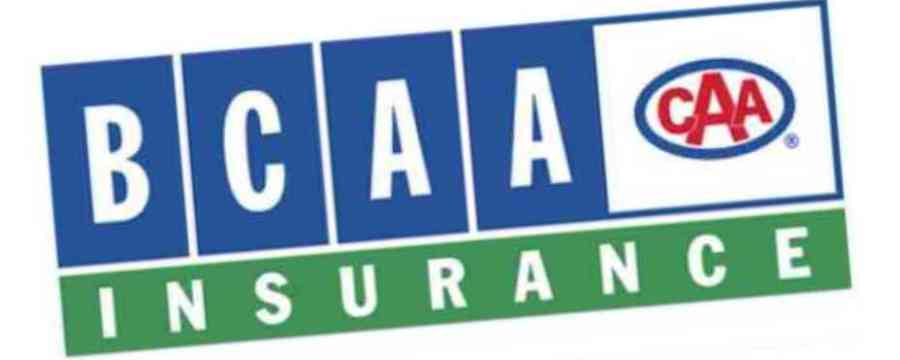Life insurance is a necessity once you have financial obligations such as a mortgage to pay and a family to support. The big question is how to get the coverage I need at the best price. Is there a way to reduce the payments I am currently making?
1) Make sure you have the right amount of life insurance
Why pay for life insurance you do not need. You can go to a life insurance calculator and it will take a minute or so to determine if you have enough life insurance. It would be a good idea to run it for both spouses/partners. Once you have determined the amount you need, compare it to what you have. If you have a secure job with no chance of being laid off, include the group life insurance you have at work in the total. If you are in a job where there is a chance you get laid off or change jobs, it is risky to include it as it might not be there when your family needs it.
2) Determine if you might qualify for a special rate for very healthy people
Many companies offer a discount for people who have healthy lifestyles, avoid potentially dangerous sports, travel and work plus a good family history (no serious hereditary illnesses with a parent or sibling before the age of 65. Check out if you might qualify by answering these questions. This is where a good agent can help as there as significant differences between the various companies both in terms of questions they ask and percent of applicants who will qualify for a discount. It can range from about 30% to almost 70%.
3) Match the term of your insurance to your needs
As one moves through your life, the need for and amount of insurance you need will change. For example, a family with a new mortgage and young family will tend to need more insurance for a longer period of time than a family with older children and a mortgage where some of it has been paid down. There are a number of ways to shape the amount of insurance to meet your requirements going forward.
Some companies offer a declining amount until it reaches half of the original amount and it stays at that level for the balance of the term. This is excellent for those who have a mortgage but their family is older so a declining face amount it appropriate. Others will be best served with a blending of term 10 and term 20 insurance and possibly some term 30 insurance so it starts with a large amount of insurance but reduces every ten years. Others might be best served with a traditional mortgage type insurance that declines over say 20 years as one’s mortgage is paid off so it just covers the balance on the mortgage.
While it is cheaper to just purchase a ten-year term policy for the amount you need now and then in ten years get another policy for the amount you need then, this strategy can be very dangerous as it assumes that there is no change in health. Far too often when the ten years are over, and ten years goes by quickly, there has been something happen that makes it impossible to qualify for the next ten years of insurance at standard or rates charged normal healthy people. We are finding diabetes; heart condition and cancer are causing many people to be unable to afford the amount of insurance they need when the current ten-year policy term ends. While they are guaranteed renewable, the average increase is 800% as the companies assume the only reason to renew is if one’s health is compromised. Otherwise, they would just get a new policy.
So one of the best ways to reduce your insurance premiums over your life is to plan and purchase what you will need or at least a base while you are young and healthy. There are significant savings to matching the amount of insurance to the needs over time. Having to have the conversation with clients who can no longer purchase affordable insurance due to health issues when the current term expires is one of the more difficult things we do.
4) Purchase your permanent insurance before age 40 and pay for it in 20 years
This is the one that can potentially have the largest savings. Most people eventually figure they want some kind of permanent insurance to cover off final expenses, top up a pension plan for their spouse, or leave a guaranteed amount to their children or charity. Unfortunately, they wait until they are well into their 50’s to think about this when the costs are significantly more. For example, a 30-year-old male non-smoker can purchase $100,000 of permanent insurance for about $45 per month. By age 50 it is over $125 per month and at age 60 when most start thinking about it, the price will exceed $200 a month if it is still available by then. Interestingly, the 30-year-old can have the policy fully paid for with payments of about $75 per month. Think of the premiums that are saved with this strategy and it is fully guaranteed.
5) Do not purchase the non-medical type insurance advertising on TV for you or your children
How many times a week do you see the ads for protecting your loved ones and no questions asked. Yes, there are people with significant medical issues who need to purchase “non-medical insurance” but most people will qualify for a much better rate if they are willing to answer a few questions and possibly have a nurse visit with them in their home to do a blood test and ask the questions. The savings can be huge. For example, $25,000 for the guaranteed issue for a 60-year-old non-smoker would be over $100 per month while it could be closer to $60 per month. You can see the benefits of purchasing when you are younger per tip number 4. Even people taking medications for a number of issues can frequently qualify for excellent rates if the medications are working and the conditions are under control.










